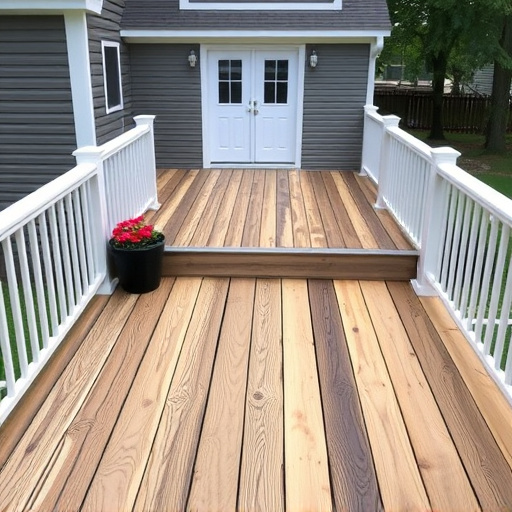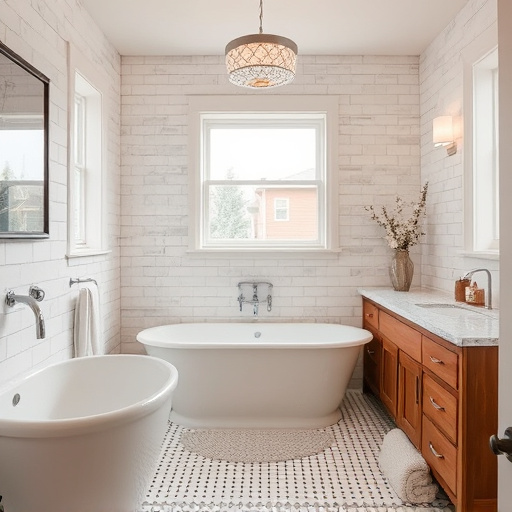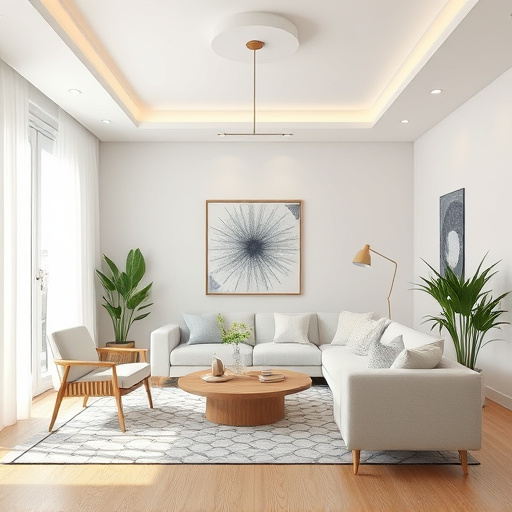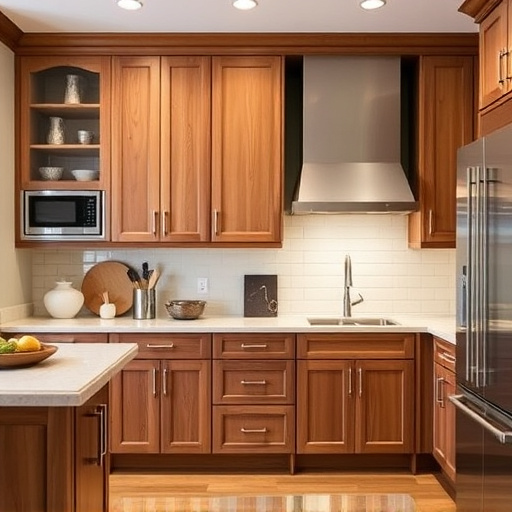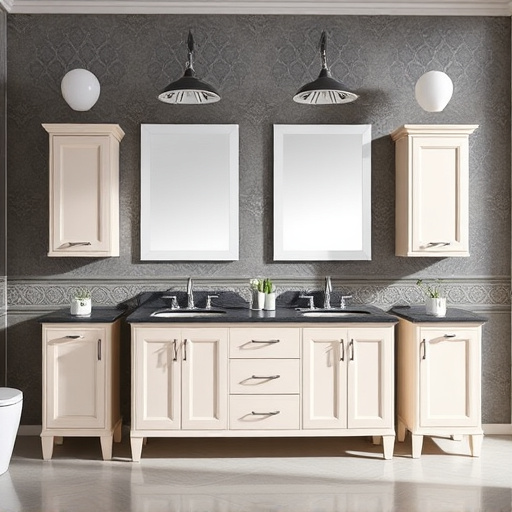Color theory is a powerful tool for home decorating, impacting emotions and room character. Using neutral bases like whites and grays creates calm backdrops, while complementary colors add depth and vibrancy. Thoughtful color palette selection enhances any home improvement project, from paint jobs to renovations, resulting in elegant, inviting spaces.
Looking to transform your space with captivating color palettes? Discover the art of harmonious home decorating through our comprehensive guide. From understanding fundamental color theory to mastering complementary hues, we’ll navigate you through effective strategies. Learn how to select neutral bases for a versatile foundation and explore techniques to add depth and contrast using complementary colors. Elevate your interior design game with these practical tips for stunning home decorating.
- Understanding Color Theory for Home Decor
- Choosing a Primary Palette: Neutral Bases
- Complementary Colors: Adding Depth and Contrast
Understanding Color Theory for Home Decor

In the realm of home decorating, understanding color theory is a game-changer that can transform your living spaces into a symphony of visual harmony. Color is a powerful tool to create ambiance and define the character of each room in your home. At its core, color theory revolves around the relationship between different hues, their interplay, and how they affect our emotions and perceptions. For instance, warm colors like red and orange evoke energy and coziness, while cool tones such as blue and green promote tranquility and calmness.
By grasping this fundamental concept, you can make informed decisions when selecting a color palette for your home decorating projects, whether it’s a simple paint job or extensive bathroom renovations. Consider the impact you want to create: do you seek a vibrant and dynamic atmosphere or a serene and relaxing environment? Balancing complementary colors or using neutral tones as a base with pops of accent colors can lead to functional spaces that not only look stunning but also enhance your home improvement services.
Choosing a Primary Palette: Neutral Bases

When it comes to harmonizing color palettes in your home decorating endeavors, establishing a solid foundation with neutral bases is paramount. Neutrals like whites, grays, beiges, and tans serve as versatile anchors, making it easier to blend and match colors seamlessly. These hues offer a calm backdrop, allowing bolder shades to pop without creating visual chaos. In the realm of home decorating, they act as a canvas upon which you can paint your aesthetic vision, facilitating transitions from room to room in what could be described as elegant whole house remodels or impactful home transformations.
Think of neutral bases as the silent heroes of your interior design story. They subtly enhance other colors, making them appear more vibrant or subdued as needed. Whether you’re planning extensive home improvement services or subtle changes, starting with these timeless neutrals ensures that your color palette flows naturally, creating an elegant and cohesive space that feels both welcoming and refined.
Complementary Colors: Adding Depth and Contrast

In home decorating, complementary colors are a powerful tool to enhance your space and create visual harmony. These color pairs, when combined, add depth and contrast that can make a room feel vibrant and inviting. By strategically using complementary hues, you can transform a bland interior into an engaging environment. For instance, pairing blue and orange or green and red offers a striking yet balanced aesthetic.
Interior painting with complementary colors allows for bold statements and creative expression. In terms of home decorating, this technique is especially beneficial when considering bathroom renovations or floor replacements. A pop of complementary color on walls or as an accent can instantly update these spaces, making them feel more modern and stylish while also providing a psychological boost through visual appeal.
When harmonizing color palettes for your home decor, understanding color theory is key. By selecting a neutral base as your primary palette, you create a versatile and calming foundation. Then, incorporate complementary colors to add depth and contrast, transforming your space into a visually appealing and cohesive whole. These simple yet effective tips will enable you to enhance your home decorating skills and craft interiors that truly resonate.




